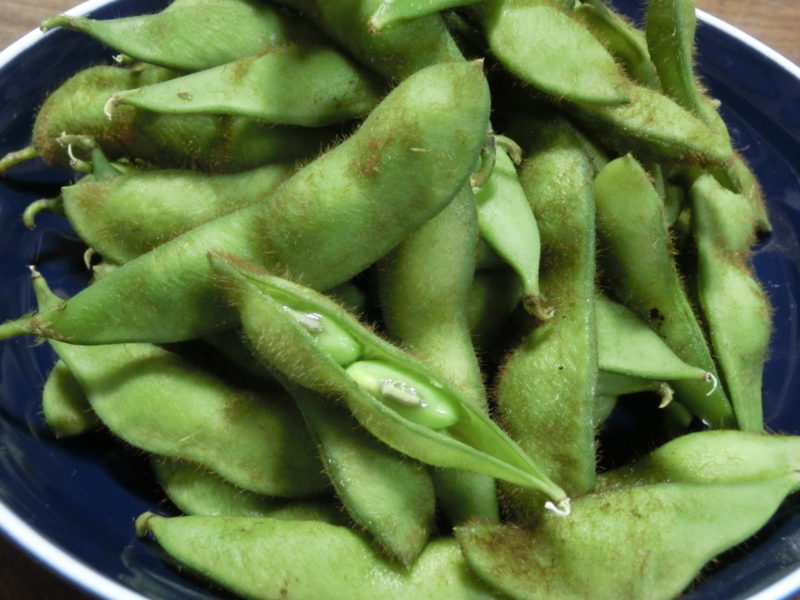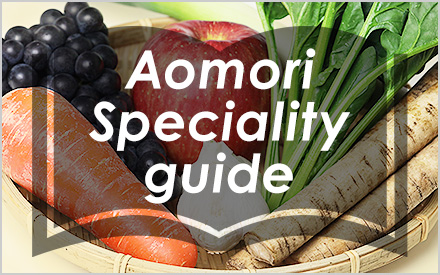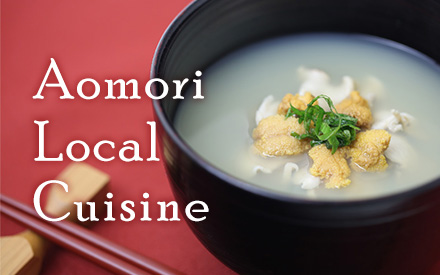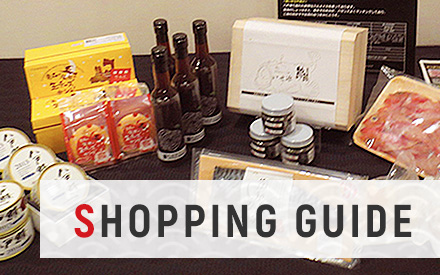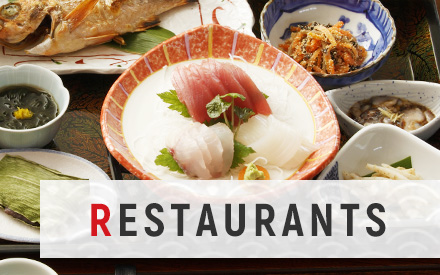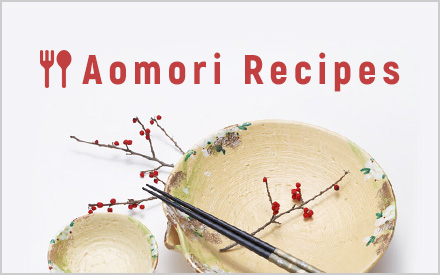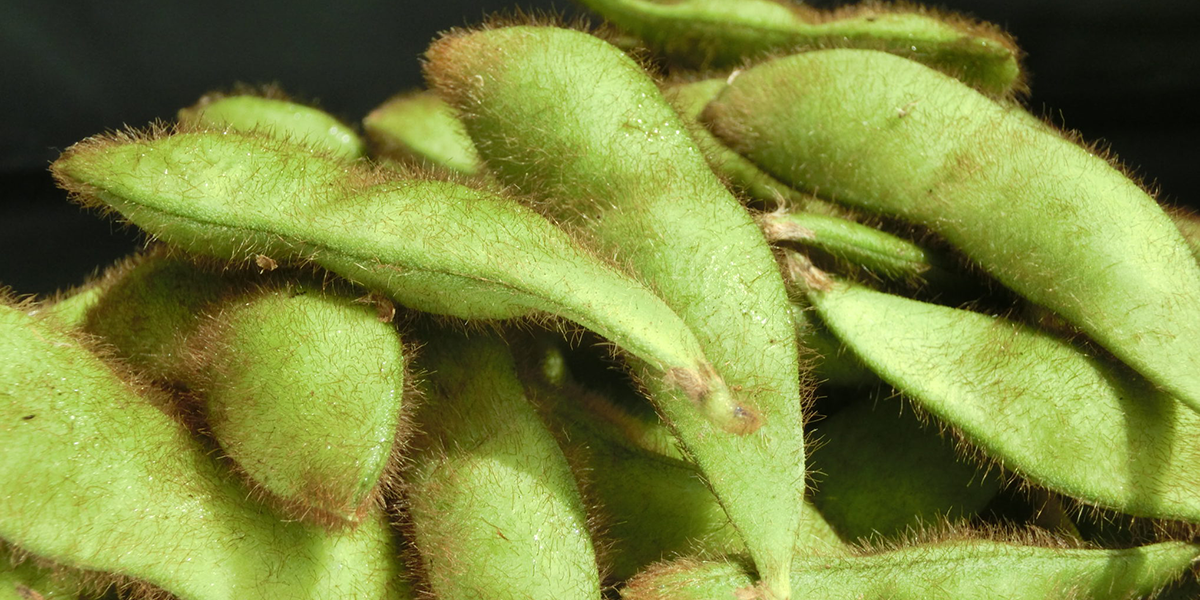
Autumn is known as the season of plentiful bounty of delicious produce in Japan, and many Japanese welcome the season as the “autumn of appetite.” In this issue, we will introduce “kemame,” a type of edamame that grace the tables of Aomori in the fall.
About Kemame
The kemame is a type of black-eyed green soybean, a native variety grown mainly in the Tsugaru region of Aomori Prefecture.
The stems, leaves, and pods are covered with fine golden-brown hairs, and the beans are characterized by their large, sweet, rich, chestnut-like flavor.
The harvesting season of Kemame is from mid-September to early October, about one month later than that of common edamame, and it is considered to be an autumnal delicacy in Aomori.
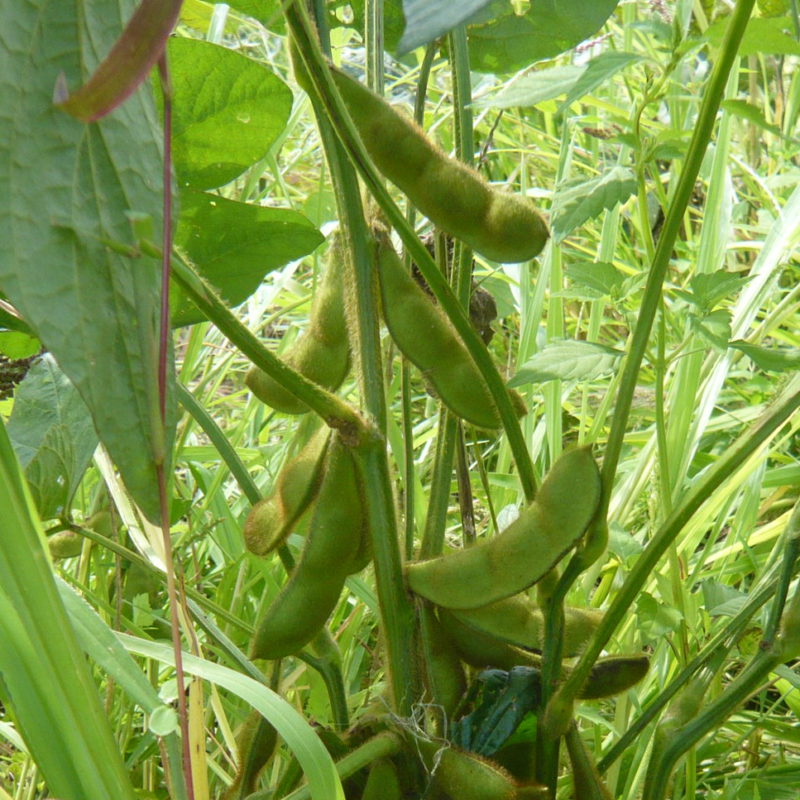
History of Kemame
Kemame used to be planted by farmers for private consumption mainly in the snowy Tsugaru region of Aomori Prefecture. The beans were only available in the private homes of farmers and some surrounding areas. It was the role of the farmers’ wives to grow kemame for their families. They devised new cultivation methods and improved the taste of the beans through trial and error in order to grow delicious beans for their families.
Mystery of Kemame
The original soybean has hair on their pods, but the common edamame distributed today have been bred specifically as edamame and are less hairy and more bright green in color. In contrast, kemame has retained the original appearance, characterized by soybeans.
The hairs on kemame trap moisture from the outside as well as aroma and flavor secreted from the inside, and also function as a protectant from pests.
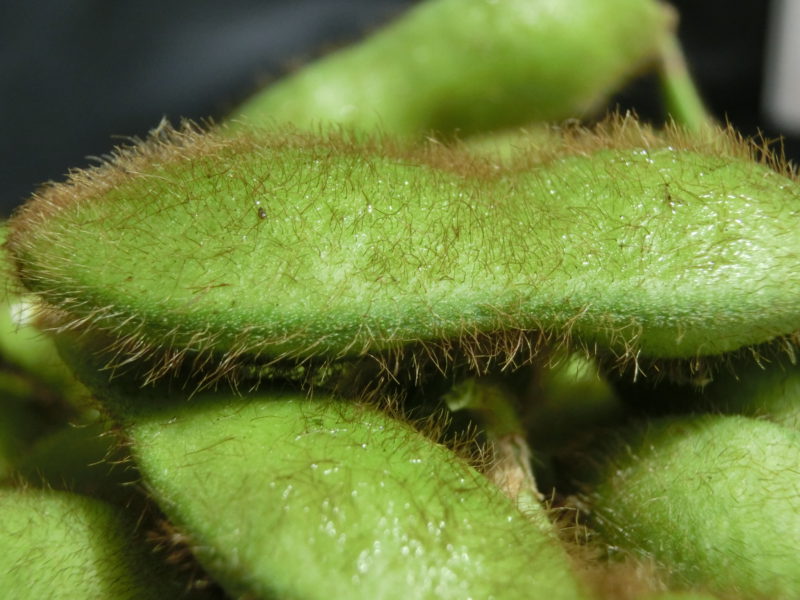
Delicious Kemame to the Rest of Japan
Itayanagi is one of the major producing towns. There large, sweet-tasting kemame are cultivated because the soil is suitable for cultivation and the temperature difference between day and night is great, a characteristic of northern summers.
Originally, kemame were only consumed within Aomori Prefecture, but local farmers got together to establish the “Itaya Kemame Research Group” to cultivate them in hopes that people all over the country could enjoy them.
The research group produces beans either without using pesticides or chemical fertilizers, or using less than 50% of the usual amount, and sells them under the brand name of “Itaya Kemame.”
Because they do not rely on pesticides, the group takes a great deal of time and effort to control weeds and insects, and when harvesting, they harvest each plant by hand and remove the pods from the branches by machine.
When first sold, the hairy appearance was not accepted and they were sold at a lower price than regular edamame, but as shipments to department stores and restaurants increased, awareness of the variety increased, and today they are sold at a premium price.
We encourage you to taste our kemame, which has a rich flavor, richness, sweetness, and excellent quality due to its hairy depth!
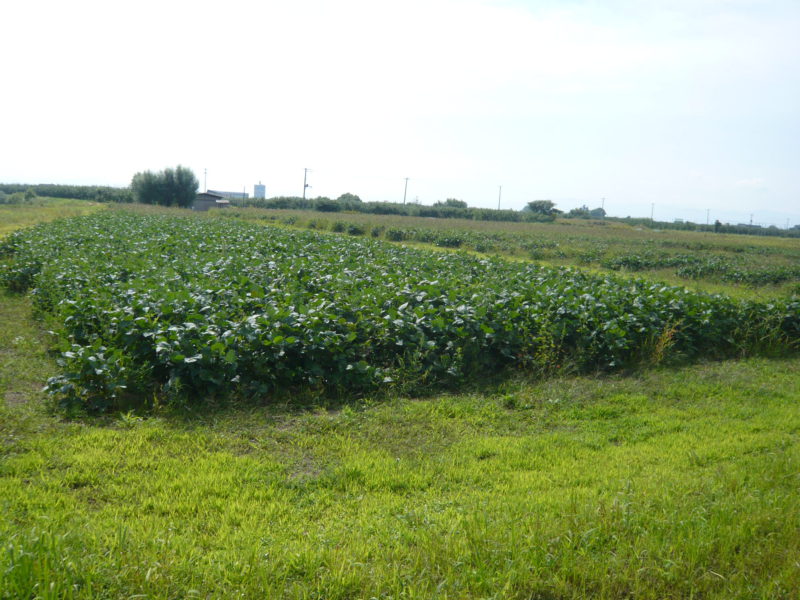
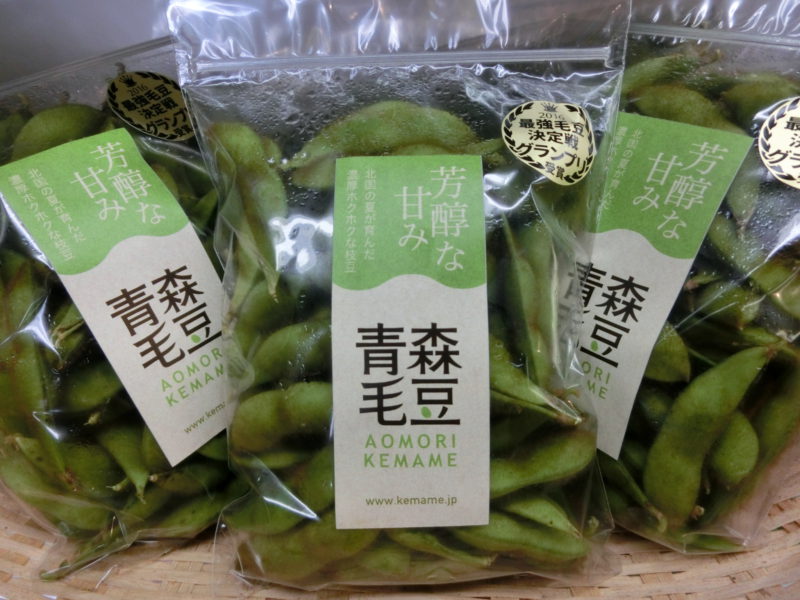
Best Way to Cook Kemame
- Prepare 1 liter of water and 50g of salt (equivalent to 5%) for 250g of kemame.
- Put the kemame in a bowl or other container and rinse them well with water. Drain in a colander, sprinkle with salt, and rub vigorously for about 5 minutes until the hairs fall out.
- Place the beans in a pot with the salt still on them and cover with water.
- Boil for 8 to 9 minutes, stirring frequently. Adjust the cooking time by checking the firmness.
- When it is done boiling, drain into a colander and cool quickly with a fan until the kemame cools down to body temperature. Do not rinse under cold water.
- The kemame are delicious as they are, but you may sprinkle salt on them if you like. Refrigerating overnight enhances the sweetness. They can also be frozen for up to six months.
